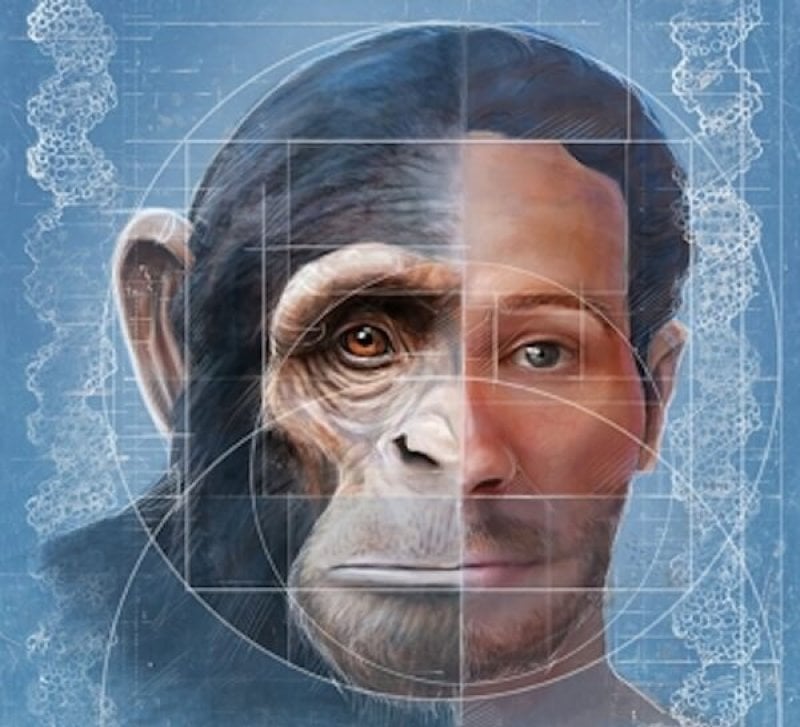It is a bit of a stretch, but by no means impossible or even unlikely that a hybrid or a chimera combining a human being and a chimpanzee could be produced in a laboratory. After all, human and chimp (or bonobo) share, by most estimates, roughly 99 percent of their nuclear DNA. Granted this 1 percent difference presumably involves some key alleles, the new gene-editing tool CRISPR offers the prospect (for some, the nightmare) of adding and deleting targeted genes as desired. As a result, it is not unreasonable to foresee the possibility—eventually, perhaps, the likelihood—of producing “humanzees” or “chimphumans.” Such an individual would not be an exact equal-parts-of-each combination, but would be neither human nor chimp: rather, something in between.
…
I propose that generating humanzees or chimphumans would be not only ethical, but profoundly so, even if there were no prospects of enhancing human welfare.
…
[T]he ultimate benefit of teaching human beings their true nature would be worth the sacrifice paid by a few unfortunates. It is also arguable, moreover, that such individuals might not be so unfortunate at all. For every chimphuman or humanzee frustrated by her inability to write a poem or program a computer, there could equally be one delighted by her ability to do so while swinging from a tree branch. And—more important—for any human being currently insistent upon his or her species’ specialness, to the ultimate detriment of literally millions of other individuals of millions of other species, such a development could well be a real mind expander and paradigm buster.Read full, original post: It’s Time to Make Human-Chimp Hybrids































